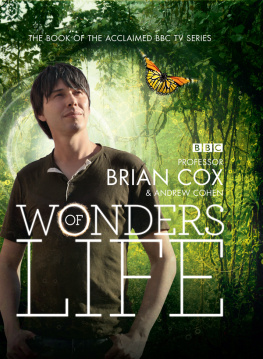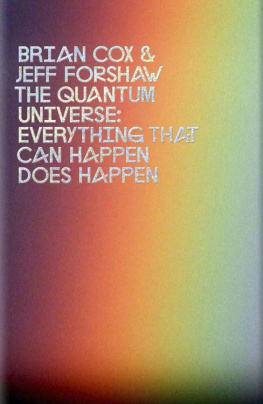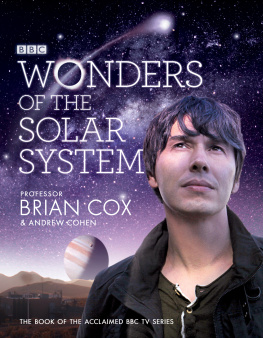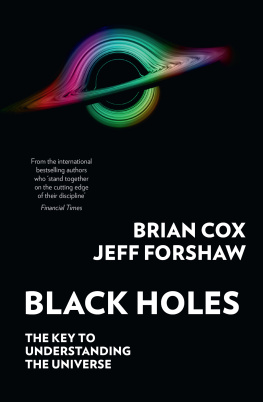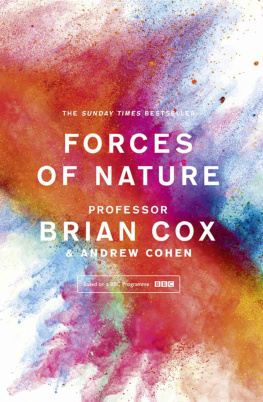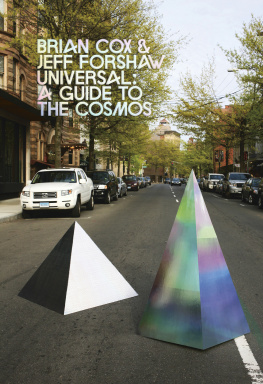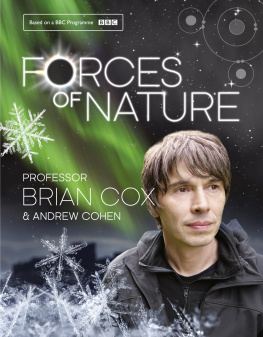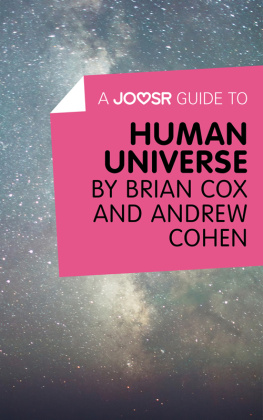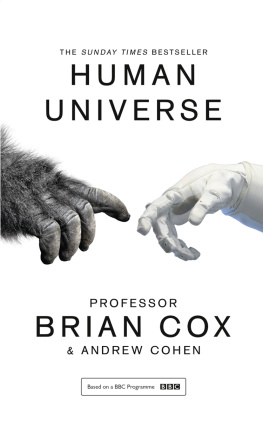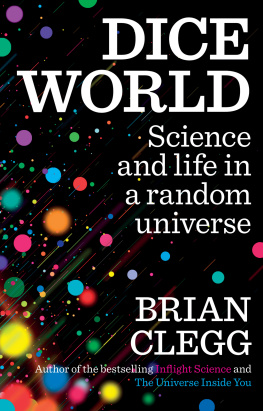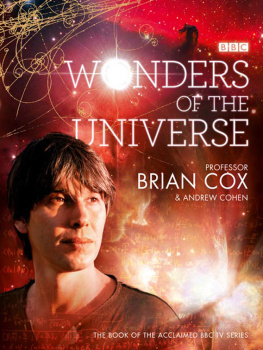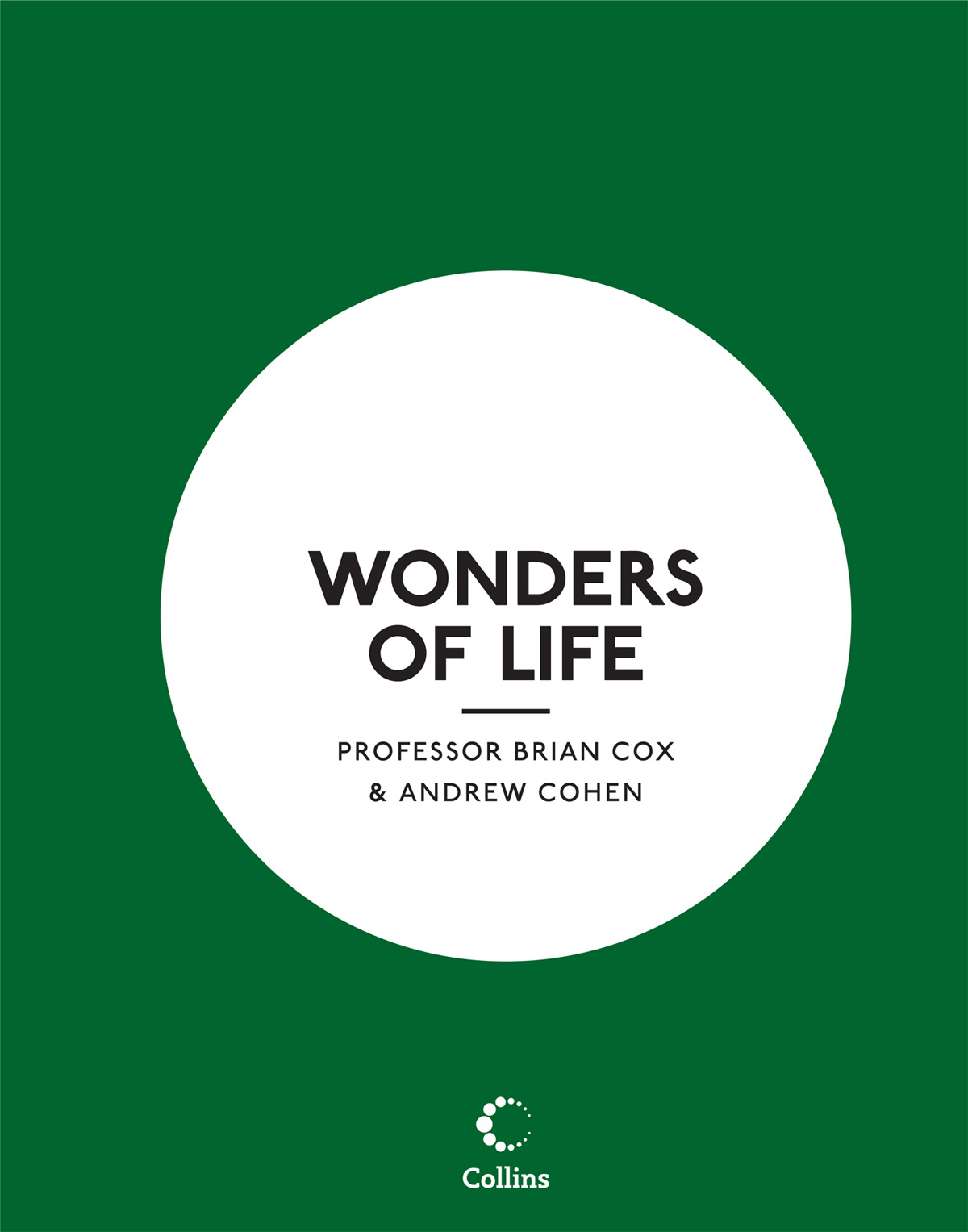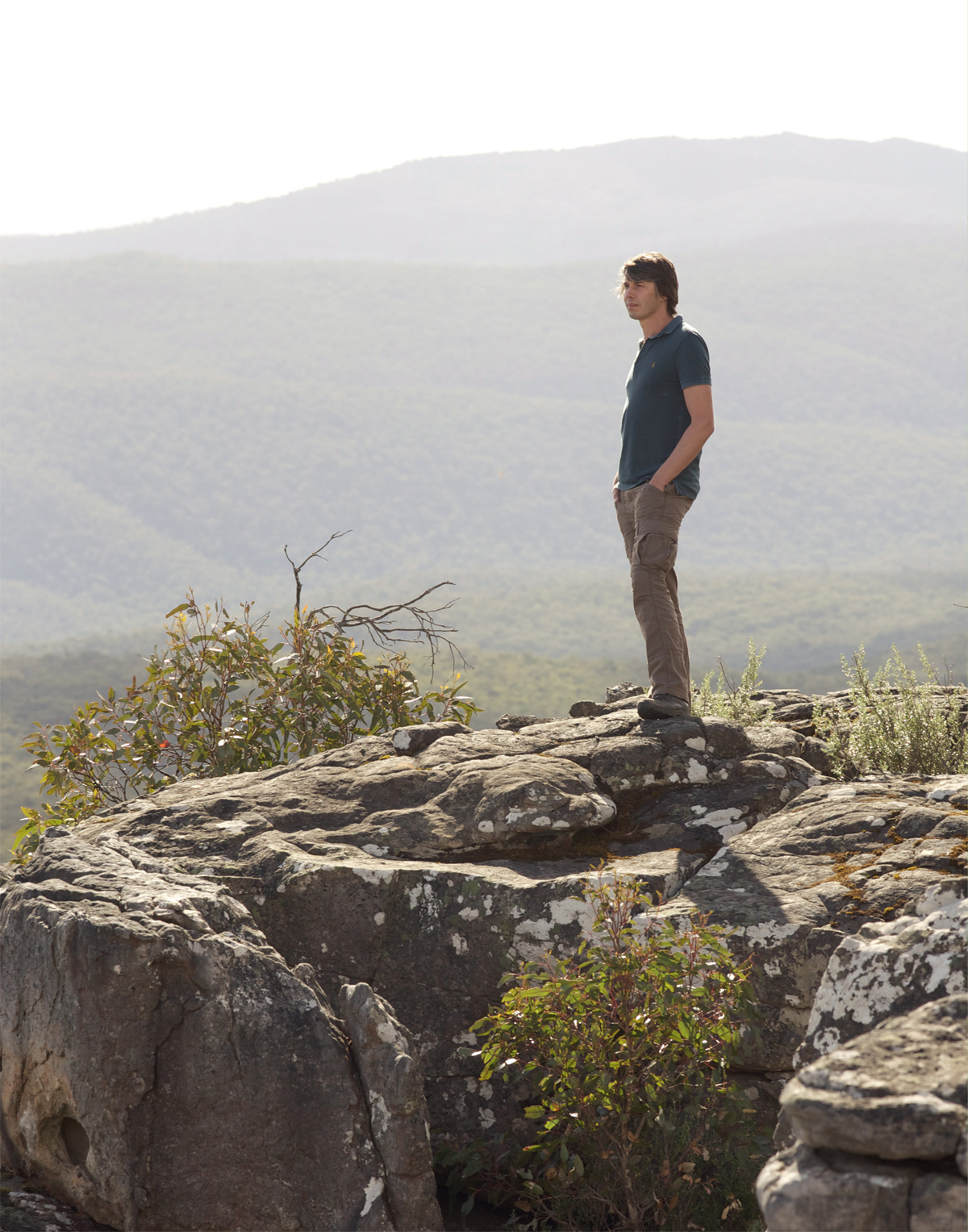To my beautiful Anna, its a precious thing, even more so when you share it.
Thank you for our first ten years and for all your endless love, support and guidance.
Andrew Cohen
T he Nobel Prize-winning physicist Richard Feynman used to tell a story about an artist friend who challenged him about the beauty of a flower. You as a scientist, oh, take this all apart and it becomes a dull thing he said. Feynman, after describing his friend as kind of nutty, went on to explain that whilst the aesthetic beauty of nature is surely open to everyone, albeit not in quite as refined a way, the world becomes more beautiful as our understanding deepens.
The flower is made up of cells, single units with identical genes. Hidden within are a multitude of biochemical machines, each highly specialised to perform complex tasks that keep the cell alive. Some contain chloroplasts, once free-living bacteria, co-opted into capturing light from the Sun and using it to assemble food from carbon dioxide and water. There are mitochondria, factories that pump protons up energy waterfalls and insert organic waterwheels into the ensuing cascade to assemble ATP molecules the universal batteries of life. And there is DNA, a molecule with a code embedded in its structure that carries the instructions to assemble the flower, but also contains fragments of the story of the origin and evolution of all life on Earth, from its beginnings 3.8 billion years ago to the endless forms most beautiful that have transformed a once-sterile world into the grandest possible expression of the laws of nature. This is beauty way beyond the aesthetic that, as Feynman concluded, only adds to the excitement and mystery and the awe of a flower. It only adds; I dont understand how it subtracts.
I confess that, when we began thinking about filming Wonders of Life, my knowledge of biology was a little dated I gave it up as an academic subject in 1984. As I recall, the idea for the series came from an off-hand reference I made to Andrew Cohen about a little book I had read as a physics undergraduate.
What is Life? is an account of a series of lectures given by the physicist Erwin Schrdinger, published in 1944. Schrdinger was a Nobel Prize winner, one of the founders of quantum theory, and a deep and high-precision thinker. In the book, he poses a simple yet profound question: How can the events in space and time which take place within the spatial boundary of a living organism be accounted for by physics and chemistry? This question is beautifully phrased. Most important is the word How at the beginning. Without this word, the question is metaphysical, in the sense that the answer may be No a complete understanding of life may be forever beyond the natural sciences because there is something inherently supernatural about it. The word How transforms it, and provides a significant and important insight into the mind of a scientist. Let us find out, by studying nature, developing theories and testing those theories against our observations of the living world, how life can be fully explained by the laws of physics and chemistry, as it surely must be. This, I submit, is an excellent description of the science of biology.
Wonders of Life might be best described as a series exploring our current understanding of Schrodingers How question. I enjoyed making the films immensely, because virtually everything in them was discovered after I gave up biology in 1984. The rate of discovery, driven by powerful new experimental techniques such as the exponentially increasing ease and decreasing cost of DNA sequencing, is quite dazzling and, Higgs Boson notwithstanding, I might be convinced that the 21st century has already become the century of the Life Sciences; but only might.
A truly wonderful exception to the modernity is Darwins theory of evolution by natural selection, published in November 1859 and spectacularly verified as a conceptual framework to understand the diversity and complexity of life on Earth. To understand Darwins genius, look out of your window at the living world. Unless you are in the high Atacama Desert, you will surely see a living world of tremendous complexity. Even a blade of grass should be seen through Feynmans reductionist prism as a magnificent structure. On its own, it is a wonder, but viewed in isolation its complexity and very existence is inexplicable. Darwins genius was to see that the existence of something as magnificent as a blade of grass can be understood, but only in the context of its interaction with other living things and, crucially, its evolutionary history. A physicist might say it is a four-dimensional structure, with both spatial and temporal extent, and it is simply impossible to comprehend the existence of such a structure in a universe governed by the simple laws of physics if its history is ignored.
And whilst you are contemplating the humble majesty of a blade of grass, with a spatial extent of a few centimetres but stretching back in the temporal direction for almost a third of the age of the Universe, pause for a moment to consider the viewer, because what is true for the blade of grass is also true for you. You share the same basic biochemistry, all the way down to the details of proton waterfalls and ATP, and much of the same genetic history, carefully documented in your DNA. This is because you share a common ancestor. You are related. You were once the same.
How can the events in space and time which take place within the spatial boundary of a living organism be accounted for by physics and chemistry?
Erwin Schrdinger
I suppose this is a most difficult thing to accept. The human condition seems special; our conscious experience feels totally divorced from the mechanistic world of atoms and forces, and perhaps even from the lower forms of life. If there is a central argument through the five films and chapters in

